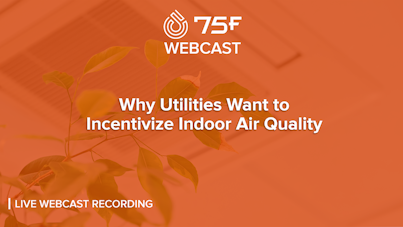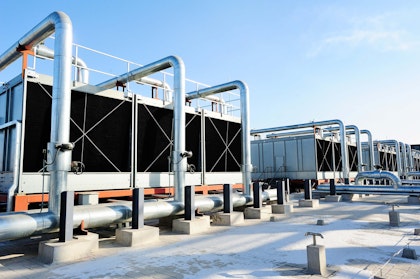
The ROI of Indoor Air Quality
There has been a fundamental shift in the design and operations of office buildings over the past decade; from being places that will please investors to spaces that prioritize the needs and desires of their tenants. Recognizing that a healthy, happy workforce is a crucial component of a productive, successful business, companies have been investing in ergonomic, technologically equipped, impressively designed workplaces. But, their Indoor Air Quality (IAQ) remains one of the most crucial yet often neglected parameters.
Multiple studies have conclusively tied indoor air quality to employee health, absenteeism, productivity and employee morale and retention. But what is the business value ininvesting in better IAQ? What does improved IAQ mean to your business’ bottom line? Can you afford to ignore ‘Indoor Air Quality’ and its impact any longer?
Why is it important to focus on your workplace's Indoor Air Quality?
Countless examples and studies testify that poor indoor air quality impacts companies’ bottom lines vastly. A recent "COGfx" study by the Harvard School of Public Health has found statistically significant correlations between indoor air quality and cognitive functions. It found that participants in green building environments with reduced volatile organic compounds (VOCs) levels and low to moderate CO2 levels, as compared to the conventional building, averaged 61% higher cognitive test scores. Another study conducted by Lawrence Berkeley National Laboratory identified that improvements in indoor air quality could improve workforce performance by up to 10%. With 90% of a business' operating expenses typically assigned to employee costs (including salaries and benefits), it follows that a modest difference in employee health and productivity can have significant financial implications for the business.
In addition to health, productivity and employee satisfaction benefits mentioned above, improving indoor air quality in workplaces can be one of the most profitable investment we, the business world, can make. According to ASHRAE (2010), poor indoor air quality costs us billions of dollars each year in medical care and lost productivity. In India alone, the burden of poor indoor air quality is estimated to be of 875,000 deaths each year and 17 million disability-adjusted life years (GBD, 2013). With these serious disease burden figures, it becomes increasingly important for us to ensure good indoor air quality at the workplace.
What is the ROI of investing in Indoor Air Quality Management?
Investing in indoor air quality management for your workplace not only impacts your employees' well-being but also makes business sense! A surge in revenues, greater productivity per worker and increased employee morale and retention are just some of the many payoffs.
But can we quantify the ROI of improved IAQ, you ask?
ImprovedEmployee Health = $34 per sq. m
Overcoming illnesses related to workplace indoor air quality and improving worker comfort can result in billions saved from fewer number of sick leaves and increased productivity. While enhanced productivity solely as a function of improved health is still to be quantified, studies have calculated that employees tend to take 30% fewer sick leaves as a result of improved IAQ.
A research study by World Green Building Council estimates the reduced absenteeism through illness to be worth $34 per sq m (₹ 2220 per sqm).
Improved Staff Productivity => $410 per sq. m
Studies have pegged that improved IAQ could result in an 8 - 10% boost in employee productivity. The World Green Building Council estimates that if staff productivity improves by even a conservative 5% because of improved IAQ, that alone would be worth $410 per sq m. (₹ 26,185 per sq m)
Another study by Harvard calculates the benefit to a company as a result of improved cognitive scores and decision-making performance. According to the study, when ventilation was increased from 20 cfm/person to 40 cfm/person, it corresponded to a $6500 change in a typical office worker’s productivity.
Possible ROI = 120%
Experts argue that in appropriate climates, a mixed-mode system allows for optimal outcomes for both occupants and energy use. A comprehensive analysis by Carnegie Mellon states that improved IAQ through mixed-mode conditioning could achieve 0.8 - 1.3% savings on health costs, 3 - 18% productivity gains, and 47 -79% in HVAC energy savings, for an average ROI of at least 120%.
To sum it up, IAQM Matters
It is evident that investments in Indoor environment lead to generous returns. The dramatic positive impacts that enhanced ventilation has on human health and productivity far outweigh the incremental costs of Indoor Air Quality Management (which are relatively low).
75F recommends a three-step approach to improving indoor air quality in a building and finding a balance between satisfactory air quality, energy-efficiency and cost-savings: Monitor, Control, Automate!











